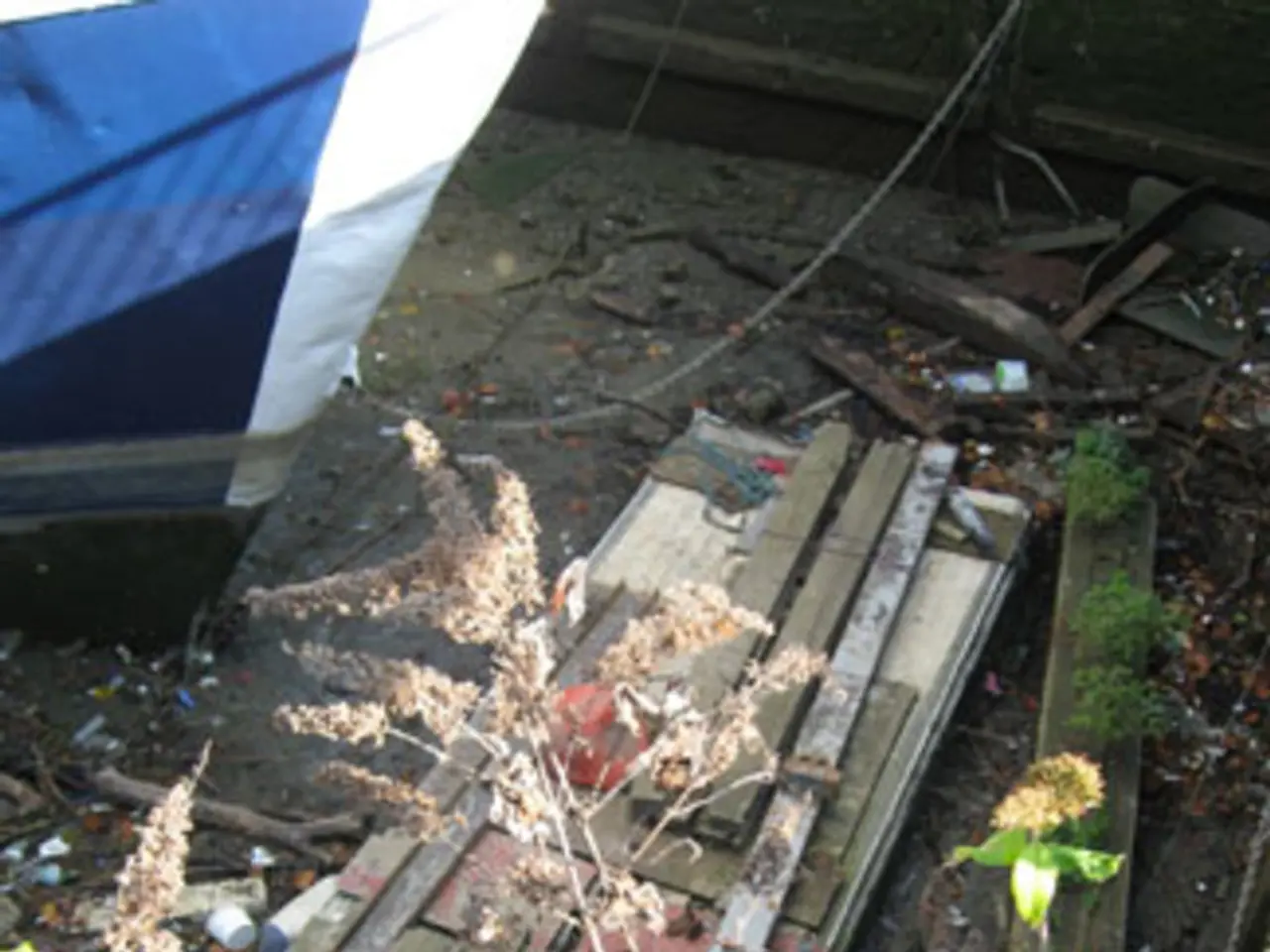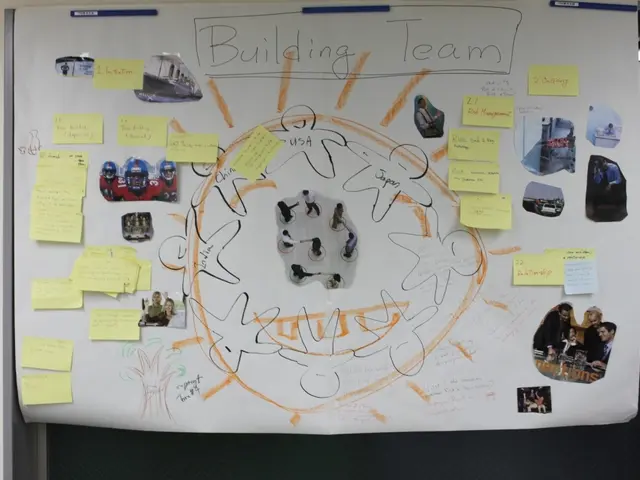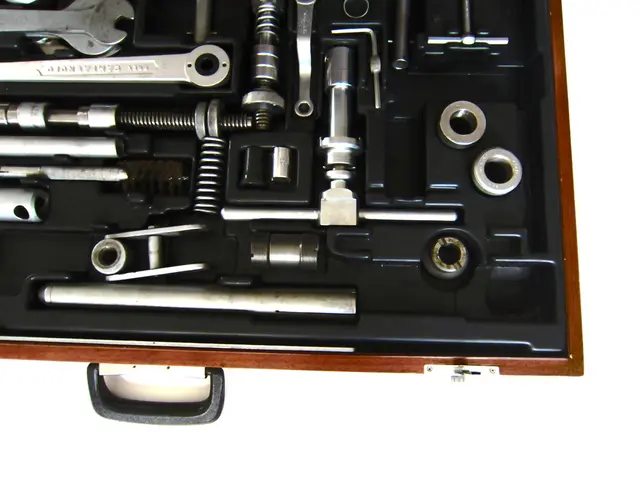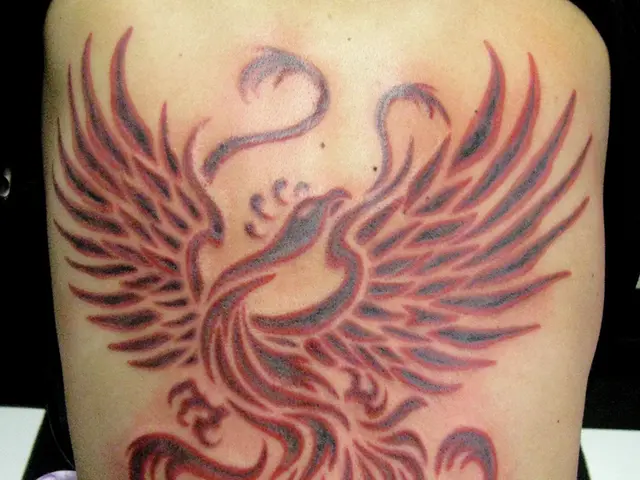Construction Project for Young Minds: Create a Paddle Boat (Using STEM Concepts)
For a thrilling and educational STEM project, why not try building a paddle boat? This hands-on activity is perfect for kids, teaching them about physics, engineering, and creativity. Here's a step-by-step guide to create your own paddle boat.
### Materials - Lightweight wood (such as balsa wood) or sturdy cardboard - Popsicle sticks - Rubber bands (to power the paddle mechanism) - Plastic paddle wheel or craft sticks for paddles - Duct tape or glue - A small dowel or wooden skewer for the paddle axle - Scissors or craft knives (under adult supervision) - A shallow water container or bathtub for testing
### Instructions 1. **Construct the Hull:** Create the main body of the boat using balsa wood, cardboard, or popsicle sticks. Make sure it is buoyant and flat-bottomed for stability. 2. **Create the Paddle Wheel:** Attach paddle blades evenly around a circular frame (made from cardboard or plastic). Mount this wheel onto a dowel or skewer acting as the axle. 3. **Mount the Paddle Wheel:** Secure the axle to the rear of the boat so the paddle wheel can spin freely in the water. 4. **Rubber Band Motor:** Attach a rubber band from a fixed point on the boat to the axle of the paddle wheel. Twist the wheel to wind the rubber band; when released, the rubber band unwinds and spins the paddle wheel, propelling the boat forward. 5. **Seal and Reinforce:** Use duct tape or glue to seal joints and reinforce the boat’s structure to prevent leaks and improve durability. 6. **Test and Modify:** Place the boat in water and release the paddle wheel. Observe how it moves and tweak the paddle size, shape, or boat design to improve speed or stability.
### Observations and STEM Learning Points - **Buoyancy:** Kids observe how the boat floats due to water displacement. - **Propulsion Mechanism:** The rubber band unwinding spins the paddle wheel, teaching energy transfer and mechanical motion. - **Design Effects:** Changing paddle size, boat shape, or materials affects speed and stability, introducing engineering design principles. - **Drag and Efficiency:** Kids learn about resistance (drag) in water and how minimizing it makes the boat faster. - **Problem Solving:** Adjusting the rudder or paddle wheel placement to improve direction and movement develops critical thinking.
This activity aligns with the "Make the Fastest Rubber Band Paddle Boat" STEM project where students design and test different materials and designs to optimize their boat’s performance. It combines physics, engineering, and creativity in a hands-on, engaging way ideal for kids.
For a more interactive experience, you can explore online tutorials on making rubber band powered boats with step-by-step guides. Alternatively, consider the BUBBLEGUM Wood STEM Paddle Steamer, which provides pre-designed paddle boats to assemble and explore mechanics and motion in a splash-ready environment.
Enjoy building your very own paddle boat and embark on a fun, educational journey to explore basic scientific principles like propulsion, buoyancy, and engineering design through trial, error, and observation. Happy building!
[1] Make the Fastest Rubber Band Paddle Boat STEM project (URL omitted for brevity) [5] BUBBLEGUM Wood STEM Paddle Steamer (URL omitted for brevity)
Engaging in this STEM project allows children to learn about various aspects of science and self-development as they construct a paddle boat. This process, akin to stem-education, encourages learning through hands-on experience, fostering a lifelong love for learning and engineering, and, specifically, education-and-self-development in STEM fields. Additionally, creating and modifying the paddle boat to improve its speed and stability offers valuable insights into principles of buoyancy, propulsion, and engineering design, contributing to the child's comprehensive understanding of STEM experiments.




